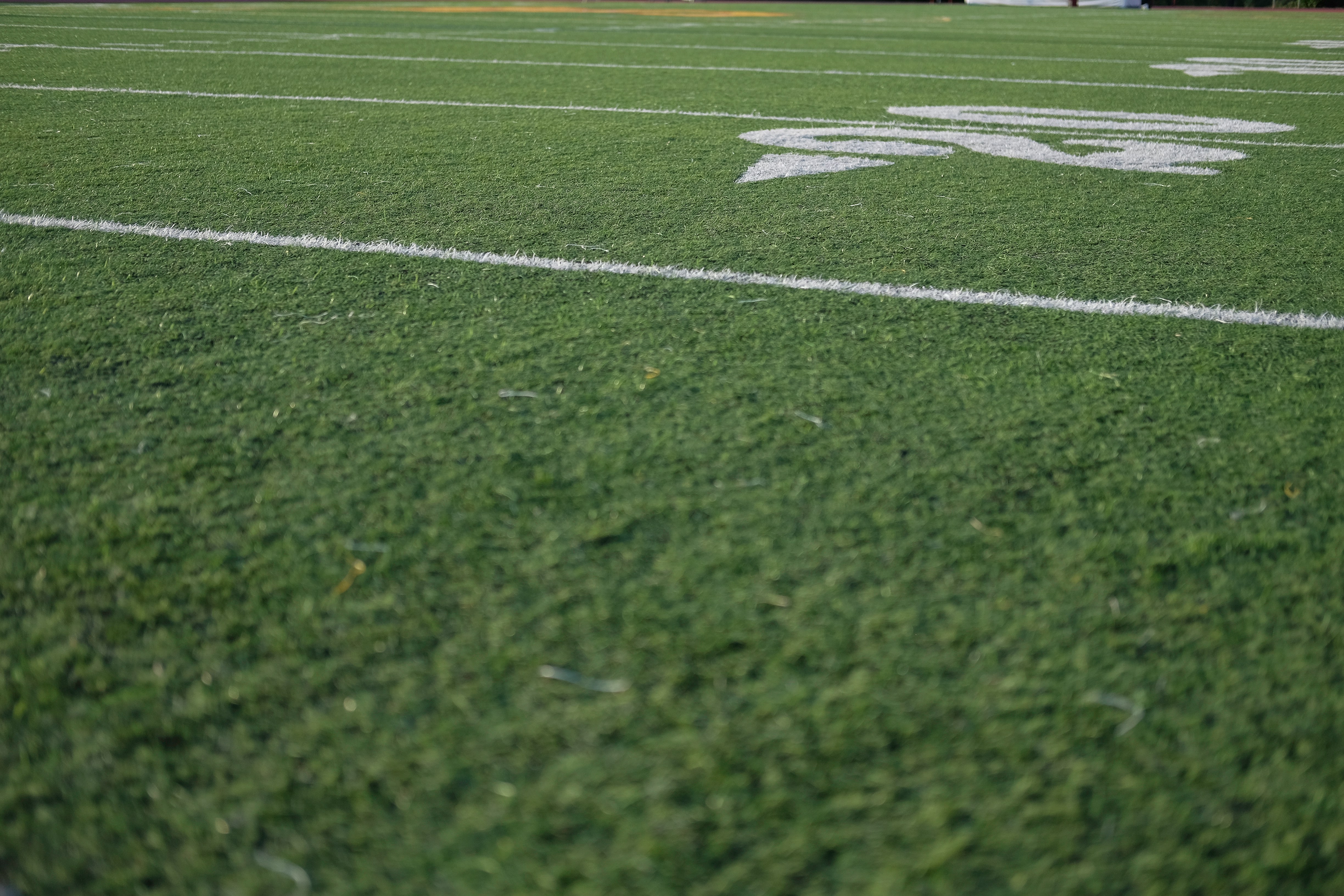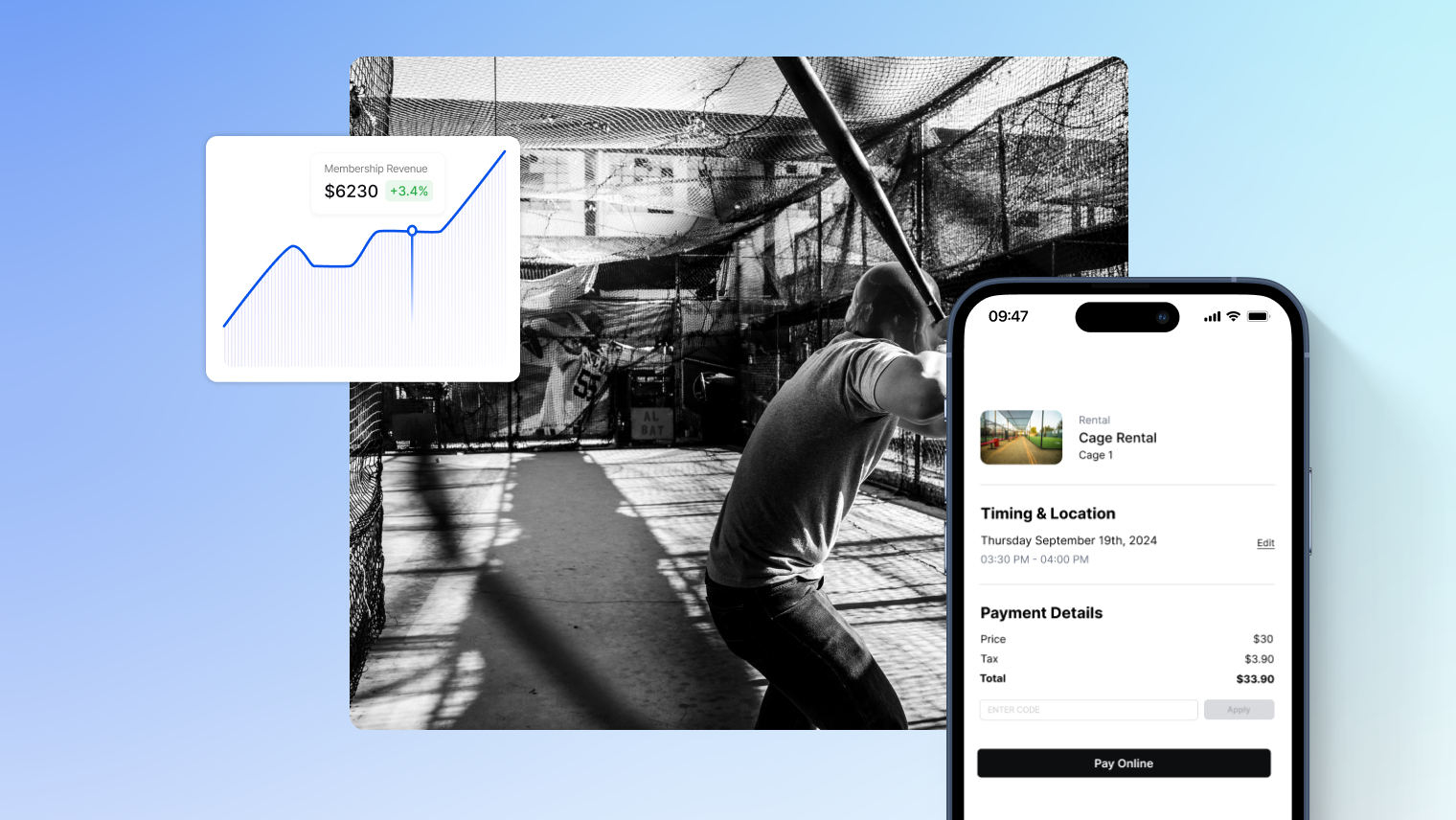Are you interested in starting an indoor baseball facility? Athletes of all ages can benefit from a place to train year-round avoiding inclement weather. We’ve previously covered the costs of starting a baseball facility, in this post, we’ll talk about the actual layout and design of an indoor baseball training facility.
At Swift, we work with hundreds of baseball facilities across North America and have become extremely familiar with the best practices, facility design, and revenue strategies to maximize the indoor sports complex’s profitability.
How to Design an Indoor Baseball/Softball Facility
Designing an indoor baseball facility requires meticulous planning to ensure it meets the needs of athletes, instructors, and parents/spectators alike.
Let's explore 5 key considerations to guide your baseball facility's design.
#1 - Define Your Target Audience
Understanding the type of consumer that will use your facility is foundational. Consider the following before you put any blueprints together:
Player Demographics
Will your facility cater to youth leagues, high school teams, collegiate athletes, or adult recreational players? Each group has distinct requirements that influence design choices.
For example, recreational players love self-feeding pitching machines–requiring a large cage and extra equipment to cover your startup cost. Whereas youth teams might only require smaller cages and a bit of open turf space to get their team defense in.
Primary Activities
Is the focus on individual training sessions (ie, private lessons), cage rentals, or performance programs like recurring classes and clinics?
As a lesson-based baseball facility specializing in hitting, your layout might be more centered around smaller cages with specialized technology like HitTrax or Blast Motion.
Clarifying the primary revenue-generating activities will determine the necessary features and layout.
Spectator Accommodation
Incorporating adequate and safe viewing areas is essential if you plan to host teams or large events like showcases.
#2 - Optimize Facility Layout for Versatility and Safety
An efficient layout enhances your facility's functionality and safety. Two key factors to maximizing your facility’s profitability.
Turf Size
Align any multi-use turf space with the age and skill level of your target audience.
In high school, my elite travel team practiced at an indoor facility with an advertised “full turf infield”. However, because of the dimensions and layout, it played more like a little league infield - limiting our team to drill work rather than taking fully distanced ground balls.
While your facility will cater to baseball primarily, designing a turf space that can cater to other indoor sports or activities is key to generating additional revenue in off-peak hours. With a large enough open space, your facility can turn into a home for indoor soccer, yoga classes, home-school gym classes, sprint training, and much more.
Check out our complete indoor turf cost guide to further optimize your turf space.
Batting Cages
Building out cages seems simple on paper, they generally come in two sizes - a larger 70’x14’, or a smaller 55’x14’. However, you might need to investigate customized dimensions based on your specific space constraints.
Also consider adding cage dividers, or retractable netting to add flexibility to your cage layout. As we covered previously here, there are serious revenue implications to the size of your cages as that will dictate the type of activities they can accommodate.

Safety Measures
Installing the right netting will protect both participants and spectators, lowering your liability risk. If your space can accommodate, adding solutions like the SPECTO® Perimeter Containment can allow fencing to be placed as close as 30 inches to any structure, providing a safe cradling effect for players.
PS. Have athletes digitally sign a liability waiver to ensure your business stays protected.
#3. Address Structural Constraints Early
Obstructions can impede your optimal design. Planning accordingly can prevent costly adjustments later or the flurry of panic when your cages don’t fit as expected. Identify and design around HVAC systems, lighting fixtures, fire suppression units, and ceiling fans that could impede the ideal layout. Collaborate with design professionals to integrate these elements seamlessly.
#4. Enhance Customer Experience with Amenities
Beyond the training areas, consider additional facility features to enhance the overall experience. A few popular amenities and considerations include:
Changing/Locker Rooms
For facilities partnering with a local travel ball organization this can be a great perk to your members. Having a small area where the athletes can leave their gear, hang out before practice, and change in peace after a long car ride to the facility can turn your facility into a second home.
Weight Room
Facilities catering to older and more advanced athletes will likely want to include a small weight room in their design. Keeping as much of your athlete's development under one roof as possible can facilitate customer retention.
This space could also turn into an additional revenue stream by partnering with a strength & conditioning coach to offer private training sessions or programs to your clients.

Parents Lounge
Many parents will appreciate a comfortable seating area to rest or work from while their child participates in a team practice or private lesson. It’s a bonus if you can design this space with clear sightlines to the entire facility. Utilizing tensioned mesh fencing and netting can keep balls contained while offering unobstructed views.
Recovery Area
Proper recovery is becoming more prioritized and technological. These spaces can accommodate simple equipment like a massage chair or cold plunge or become a complete rehab clinic with its own clinical staff generating an additional source of revenue outside of your peak times.
Accessibility
Another important consideration is ensuring your facility can accommodate all users, including those with disabilities. This can be an additional startup cost depending on the laws in your state or province.
#5. Streamline Operations with Baseball Facility Management Software
Using a modern software solution is crucial for the ongoing success of your business. Two of the biggest challenges an indoor baseball facility faces are:
Scheduling
The right facility management software can automatically check for booking conflicts, reduce administrative workload, and enhance customer satisfaction.
Swift's baseball facility management software offers online booking, scheduling, and payment processing, allowing you to focus more on player development and less on administrative tasks. Many facility owners save more than 10 hours per week they can reinvest into growing their business or coaching.

Resource Management
Utilize features to monitor instructor availability and prevent double bookings. Or run reports to monitor space utilization and payroll.
Final Thoughts
By thoughtfully considering these aspects, you can create an indoor baseball facility that not only meets the practical needs of its users but also fosters a safe and enjoyable environment for all.
If you are opening a new baseball facility and looking to run your business on auto-pilot we’d love to hear from you. Book a free demo with a member of our team to learn more about Swift.













